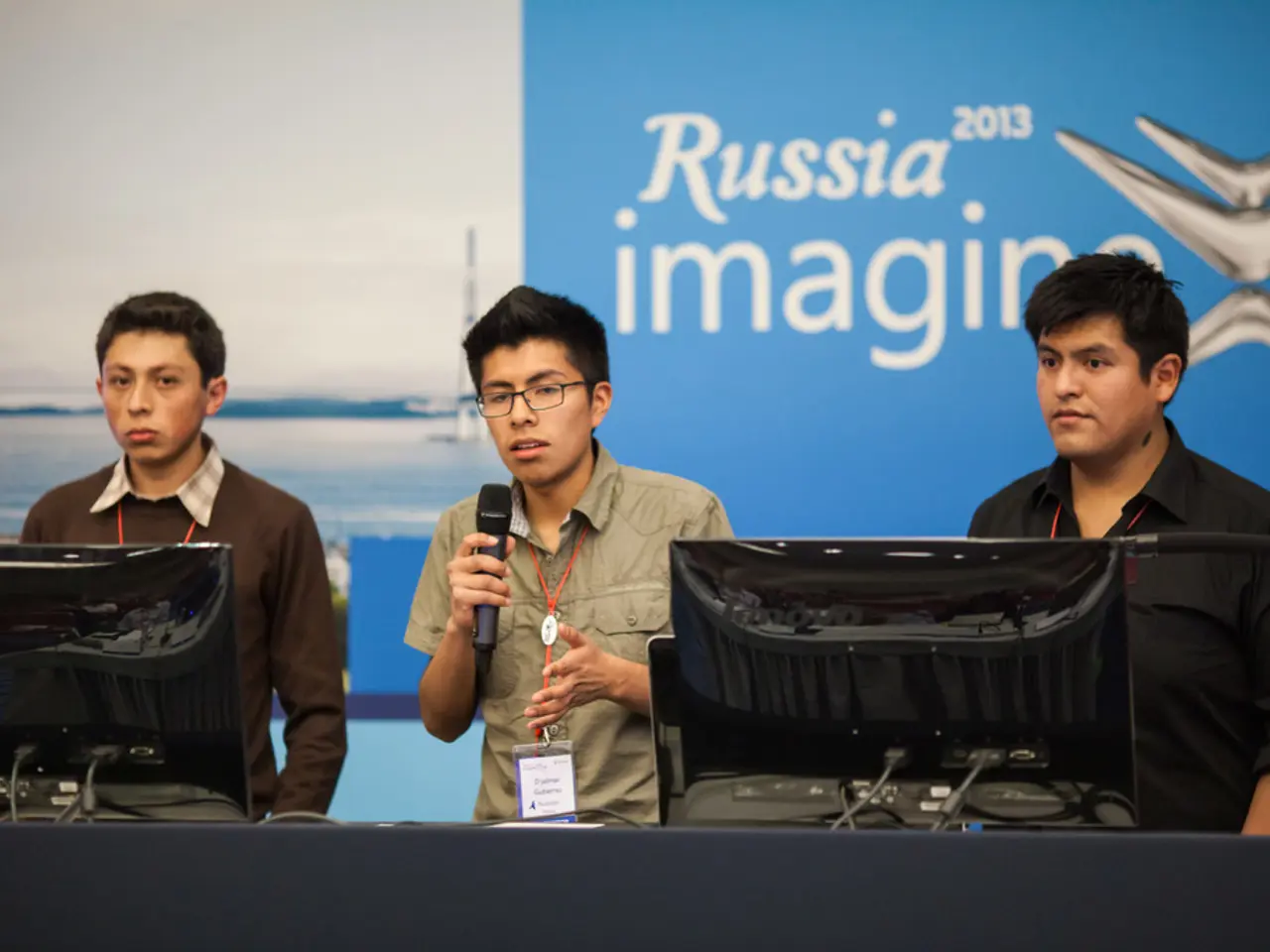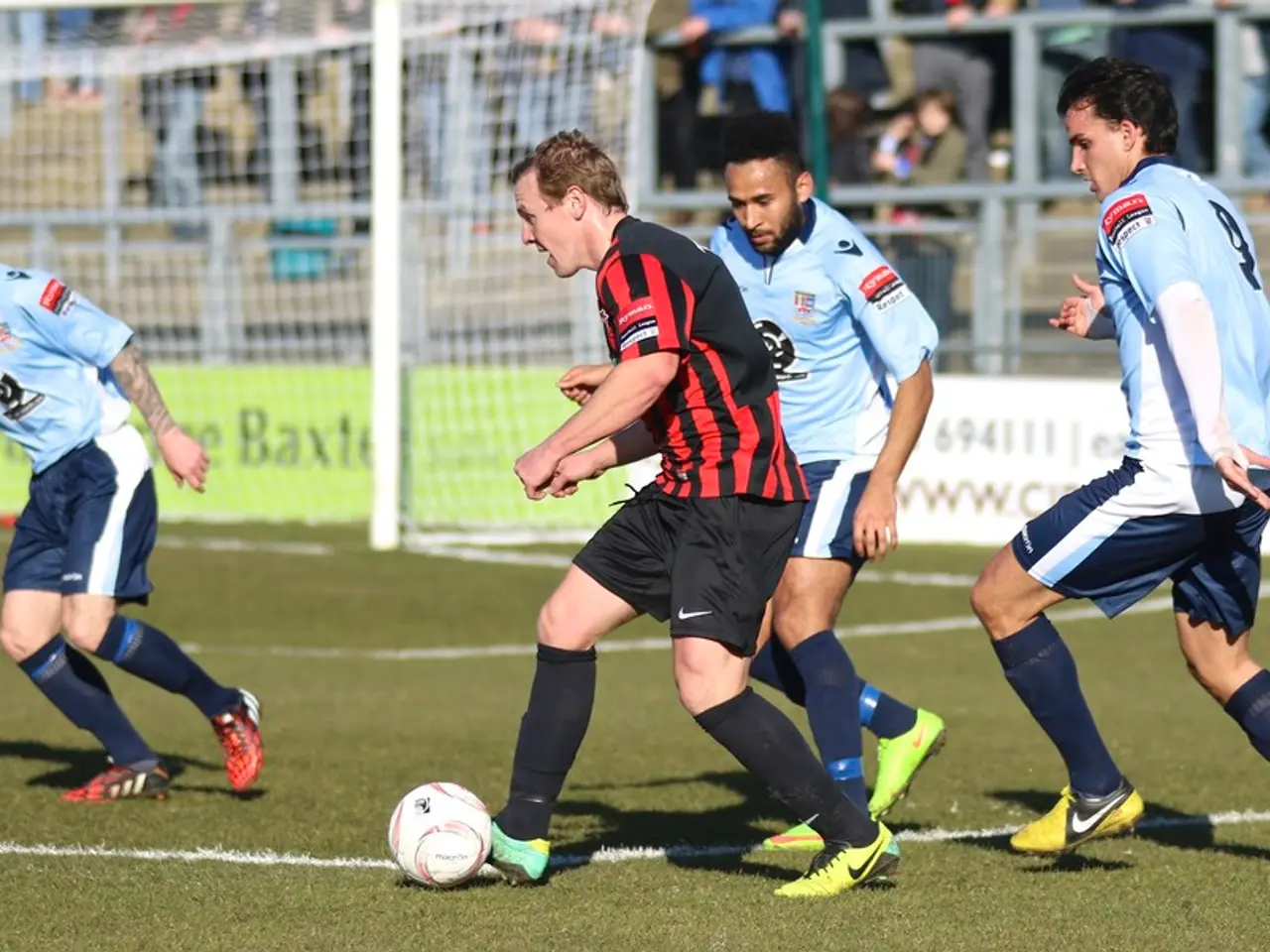Ukraine's Offensive Move and its Possible Victories in 2023
=================================================================
Ukraine's counteroffensive against Russia, launched in early June 2023, has been met with significant challenges, resulting in limited territorial gains and battlefield successes. The conflict, now entering its eighth year, has evolved into a grinding war of attrition.
Key limiting factors include deeply entrenched Russian defenses, particularly in areas such as Donetsk Oblast, the arrival of Russia's elite drone unit Rubicon, mutual saturation of drone use, and insufficient offensive firepower and strategic depth for Ukraine.
Russian forces have established well-fortified, entrenched positions, making it difficult for Ukraine to penetrate. The arrival of Rubicon, which operates long-range fiber optic first-person view drones, has severely disrupted Ukrainian logistics. While Ukraine uses drone warfare effectively, the mutual saturation of drone use has resulted in a "grey zone" rather than clear front lines, complicating offensive operations.
Despite substantial Western aid, Ukraine's offensive firepower and strategic depth remain insufficient to roll back entrenched Russian positions across the extensive front lines. The war has evolved into a war of attrition, with neither side able to inflict a decisive blow.
Failure to achieve breakthroughs could extend the conflict into years more, with ongoing losses and humanitarian toll. Uncertainty in Kyiv about possible freezes or reductions in military and humanitarian aid could jeopardize Ukraine’s warfighting capability. Ukrainian leadership fears exclusion from peace talks dominated by Russia and the U.S., risking unfavorable terms that do not guarantee Ukraine’s security or territorial integrity.
Russia's strategic posturing, including nuclear doctrine shifts and deployments of tactical nuclear weapons in Belarus, raises the specter of war escalation if Ukraine’s counteroffensive fails to alter the battlefield dynamics decisively.
Dale Pankhurst, an ESRC-funded PhD candidate at Queen's University Belfast, whose research explores the relationships and interactions between states and nonstate armed groups during conflict and war, explains, "Ukraine's limited progress is tied to the durability and complexity of Russian defenses, evolving drone warfare, and the broader geopolitical and logistical challenges of sustaining a large-scale offensive in a protracted war of attrition."
As the rainy season approaches and the winter sets in, both sides may settle for another period of attritional warfare over the winter. Continued military and financial support for Ukraine is crucial in facing down Russian aggression. The threat of war will continue to dominate Eastern Europe, with no formal peace while Putin is still in power.
Image Credit: UK Ministry of Defence
The views expressed in the article do not reflect the official position of the United States Military Academy, Department of the Army, or Department of Defense. Western governments may bear some responsibility for any ineffectual results due to the slow pace of commitments of tanks and other high-end equipment. Russia's negotiation demands include formal absorption of more than Crimea into the Russian Federation and no future NATO or EU membership for Ukraine.
- The evolving drone warfare, as demonstrated by Russia's elite drone unit Rubicon, poses a significant challenge to Ukraine's logistics and offensive operations.
- The ongoing war between Ukraine and Russia is dominated by a "grey zone" due to the mutual saturation of drone use, which complicates the establishment of clear front lines.
- The geopolitical and logistical challenges of sustaining a large-scale offensive in a protracted war of attrition have been a major factor in Ukraine's limited progress against Russia.
- The threat of war in Eastern Europe persists, with no formal peace likely while Putin remains in power, and Western governments may need to expedite commitments of tanks and other high-end equipment to support Ukraine effectively.





